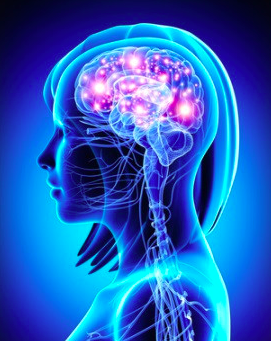Headaches and migraines of many types are common reasons to seek guidance from your medical provider. As stated previously in Part I of this series, the key to determining the most appropriate treatment for your headache is determining the correct diagnosis.
Here’s what you need to know…
- The prevalence of headaches and migraines is incredibly high. 90% of people deal with headaches at some point in their lives and 18% of people suffer from migraines.
- Your headache and migraine management plan needs to be specific to your individual needs. No two headaches or migraines are exactly alike.
- The most effective management includes a combination of treatments and therapies.
- Correctly diagnosing your headaches requires some teamwork between you and your medical provider. Entering you visit with some prepared information will greatly assist you and your medical provider in getting a clear understanding of your specific type(s) of headaches and migraines.
The information your doctor needs to know…What, Where, Why, How
What:
What do your headaches feel like?
- Pulsating, sharp, tightness, etc.
- Are there other symptoms associated with your headaches?
- Sensitivity to light or sound, nausea or vomiting
- Do you have any symptoms that come on before your headaches?
- Visual changes, yawning, difficulty concentrating, etc.
Where:
Where are your headaches located?
- One side of your head or both, at the base of your neck, across your forehead
- Is there any associated pain or tightness in your neck or upper back?
Why:
Are you able to determine any specific headache triggers?
- Stress, certain foods, menstruation, certain head or neck positions
How:
- How many headaches are you getting per week or per month (free headache log here)
- How long does each headache last
- How are you treating your headaches currently (medication, ice, heat, massage) and is that treatment working
Tracking your headaches and migraines using a daily log for a few weeks to months provides useful data for you and your health care provider to review. There are often triggers that are revealed with accurately logging your headaches and migraines for a period of time.
It’s also very useful to explain your specific goals in regards to your headaches with your physician. Is your goal to be able to go to work without headaches? Or do you want to know what you can do to help control them? Maybe you’ve just been worrying about your condition and want a few answers.
Entering your visit equipped with this information helps ensure your medical provider gets the most complete understanding of your individual headaches and migraines. This will get you on the path returning to your life armed with the best tools for effective management.
For more information on migraines and preparing for your doctor appointment, visit the American Migraine Foundation website.
Next Up…Part III: Your migraine management plan

